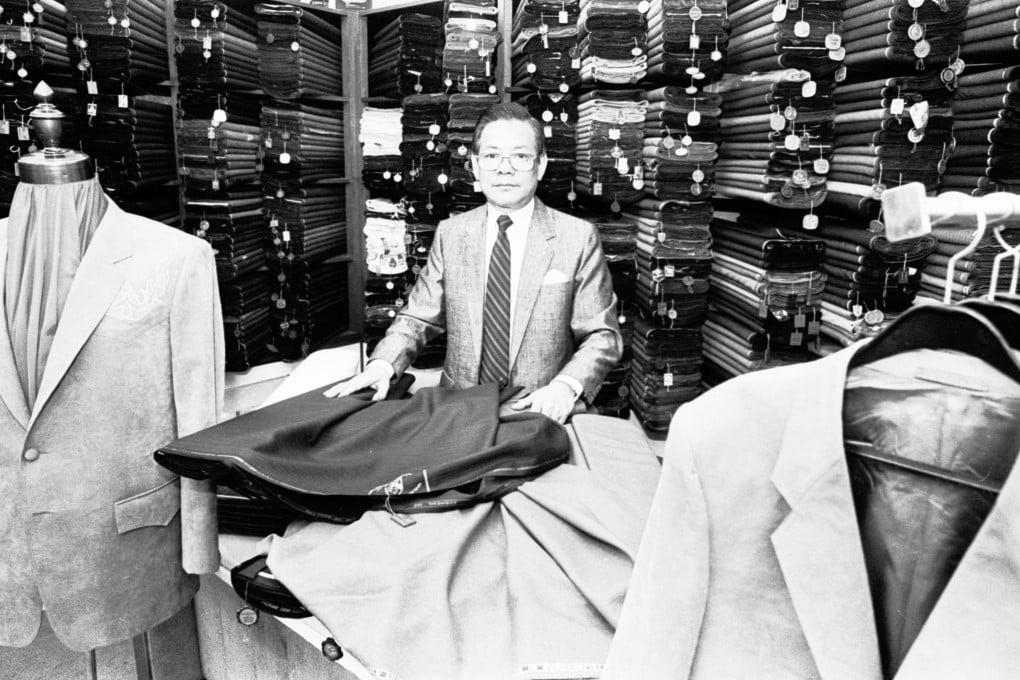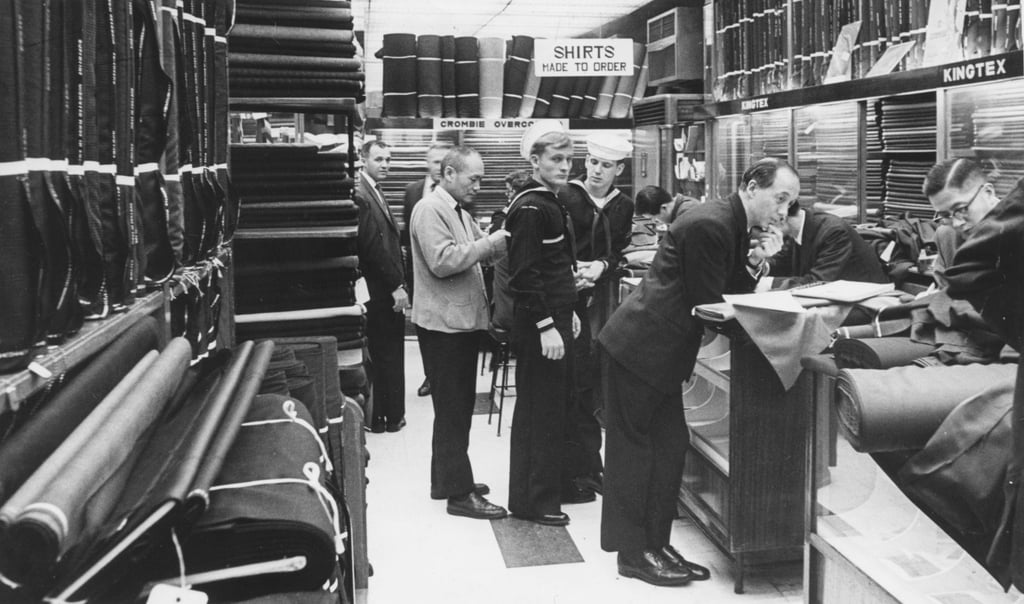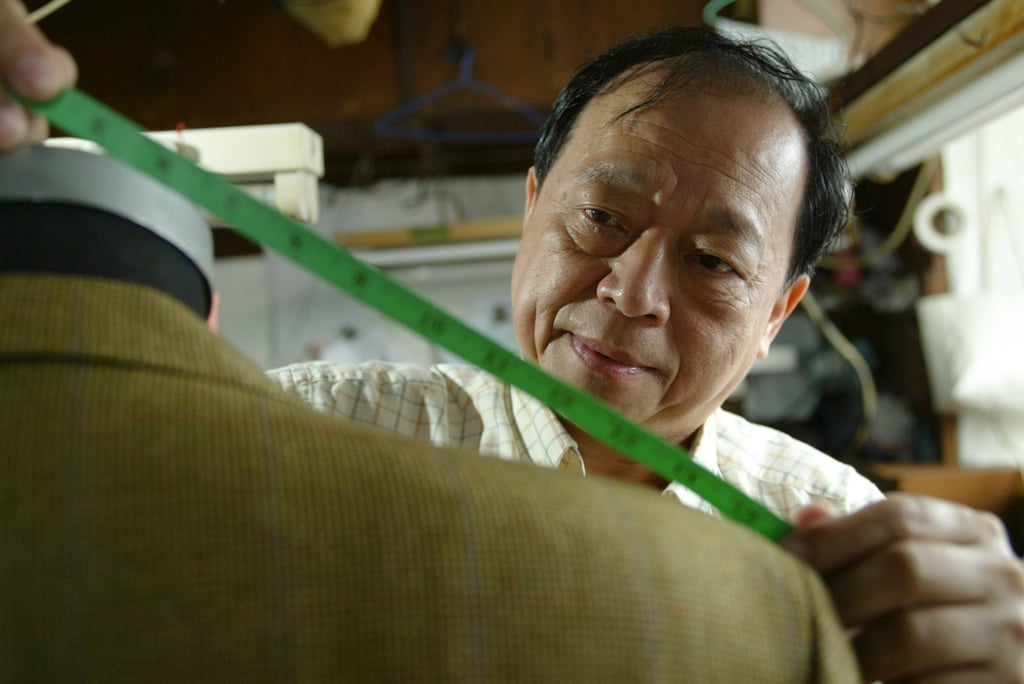How Hong Kong’s multicultural tailors served sailors, expatriates and disciplinary officers through the decades
Whether British, Shanghainese or Indian, Hong Kong’s legions of tailors have been a world-famous source of affordable, high-quality bespoke attire for generations

Hong Kong has long been globally famous for high-quality tailoring. While the heyday for custom-made men’s suits and women’s dressmaking has passed, echoes of the city’s earlier international reputation remain.
In the popular imagination, the local tailoring business appears fully dominated by ethnic Indian – or more specifically, Sindhi – entrepreneurs. Walk along the southern end of Nathan Road in Tsim Sha Tsui, and it is almost impossible not to be approached by tailor-shop touts – especially if the person so accosted is a European male of a certain age, who may seem suddenly susceptible to a new sports jacket or brace of shirts.
Until after the Pacific War era, however, the best-known tailors in the colony were British. Mackintosh’s, in the old Alexandra Building in Central, was founded in 1913 and continued to operate out of Alexandra House into the 1970s. Known for being both expensive and high quality, items bought there were consequently expected to be long-lasting investments.

Occasional-use items bought there could become lifetime, once-only purchases, which were eventually passed on to others. The firm also supplied premium brands such as Aertex vests. Largely forgotten today, these garments were essential in Hong Kong’s humid summer climate in the days before widespread air conditioning, as they helped ensure that shirts did not become sodden from almost the moment they were worn.
Founded in 1884, William Powell and Co was known across the Far East for London-quality men’s tailoring and accessories, and operated out of its own premises, Powell’s Building at 12 Des Voeux Road Central, now part of the Landmark complex. When first established, Powell’s was a wholesale and retail draper’s business, and a women’s dressmaker and milliner, as well as a tailoring establishment. Between the wars, Powell’s was renowned among Europeans living in smaller regional ports, as it was the nearest high-quality establishment; a visit to Powell’s was an essential component to any Hong Kong holiday from these places. Eventually absorbed into Lane Crawford, the firm went out of business in 1952.

From the late 40s, as the Chinese civil war intensified, high-quality Shanghainese tailors decamped to Hong Kong from their native city and brought their skills with them. More arrived after the Communist assumption of power in 1949; by the late 50s, most high-end men’s tailoring in Hong Kong was done by émigré Shanghainese craftsmen. These tailors were more attuned to the latest American styles and tastes, so those who preferred a more New York- or San Francisco-influenced look typically gravitated towards these establishments.
